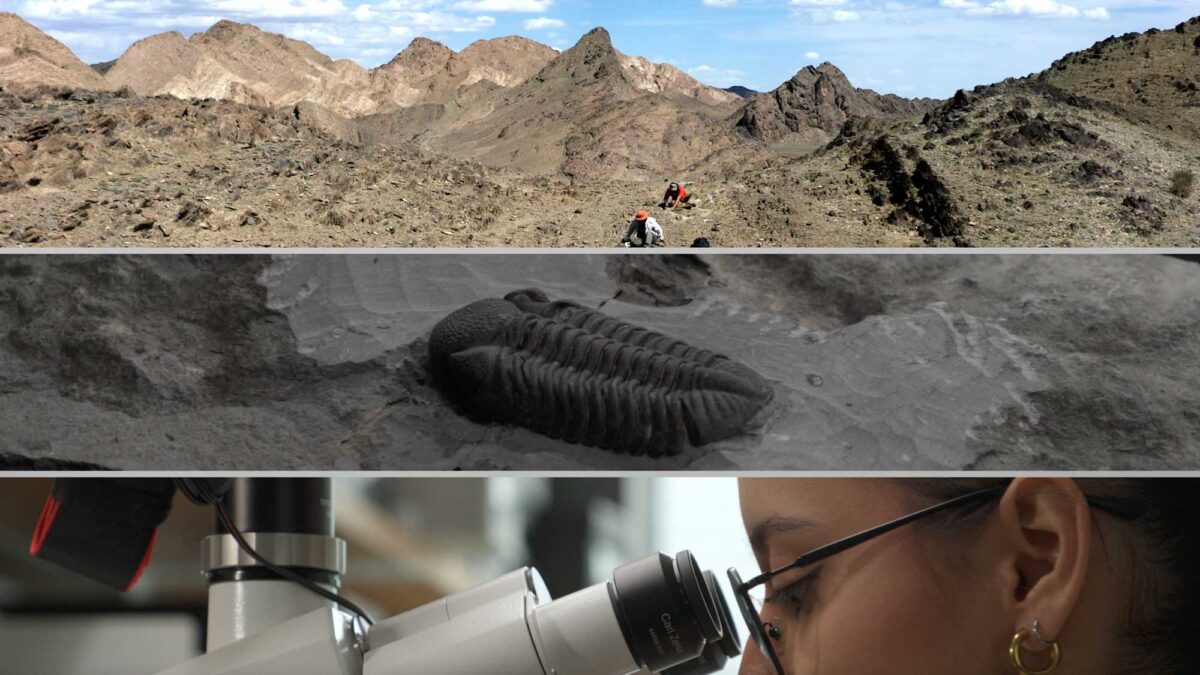What is a Mass Extinction?
Geologist Dr. Diana Boyer explains what a mass extinction is and provides an overview of the five major extinctions that have happened on Earth, out of which the Devonian Extinction event is still the least understood.
Mass extinctions are widespread die-offs that occur due to global events. They affect species evolution and ecosystems. Earth has undergone five major mass extinctions, profoundly affecting the course of life on the planet. While four are fairly well understood, the late Devonian event remains an enigma, driving geologists to continue to investigate the cause and extinction mechanics of this event.
How do we study mass extinctions?
Scientists around the world are working together to figure out what led to the most mysterious die-off event, the Devonian Extinction, by studying layers of the rock and looking for clues about ancient ocean life and how the continents moved around.
The history of life on Earth is a giant puzzle and geologists try to solve it by looking for clues in different places. One of these places is Mongolia, where scientists are hoping to gather evidence that will help understand what led to the Devonian Extinction event that wiped out almost 70% of life on the planet. Using different scales of investigation, from big maps to microscopic details, they can reveal the secrets of Earth's past hidden in layers of rock.
How do we use fossils to study mass extinctions?
By studying layers of rock that contain fossils in places like the Great Basin in Utah and comparing them to layers of the same age in other places around the world, geologists try to uncover certain how life forms survived and changed during Earth’s ancient past and what led to global die-offs like the one at the end of the Devonian period.
Fossils act like time capsules, telling us when rocks were formed and how life evolved over millions of years. By studying the fossils found in different layers of rock, paleontologists learn about how ancient plants and animals lived and changed, as well as when big die-off events (mass extinctions) happened. By studying fossils in the Great Basin in Utah, scientists are trying to understand what changes on Earth and its atmosphere during the Devonian period may have led to a global die off event.
How do you use chemistry to study mass extinctions?
Geologists explain how they use different techniques to examine the minerals found in rocks, hoping to uncover secrets about how environmental changes on Earth may have caused global extinction events like the one that occurred during the Devonian.
Geologists use chemistry to examine rocks that formed in ancient oceans, revealing details about the history of life on Earth, such as the environmental conditions during the Late Devonian. Methods that analyze the types of minerals found in the rocks and how they changed over time, provide clues about oxygen levels in the atmosphere, climate changes, and other disruptions associated with mass extinctions. These techniques help reconstruct the story of Earth's ancient ecosystems and catastrophic extinction events.
What can we learn from mass extinctions?
Studying the conditions that led to Earth’s major extinction events, like the changes in the oceans that decimated coral reefs during the Devonian, helps us predict and address challenges facing life on the planet today.
Studying Earth’s past mass extinctions, helps us understand modern threats to life on the planet, such as pollution and climate change. For example, fossils and rocks from the Devonian period reveal that coral reef ecosystems were severely impacted by changes in ocean conditions. By learning about ancient environmental conditions and how they affected organisms that lived on Earth millions of years ago, we can predict how life in modern ecosystems like coral reefs might react to things like lower oxygen levels as a result of climate change or pollution from agriculture.
DAGGER Project
These videos were created as part of the Devonian Anoxia, Geochemistry, Geochronology, and Extinction Research (DAGGER) project, which is administered by Dr. Sarah Carmichael and Dr. Johnny Waters at Appalachian State University. Support for this project comes from the National Science Foundation, National Geographic, Appalachian State University, Appalachian Sate Department of Geological and Environmental Sciences, Winthrop University, IGCP 596, IGCP 652, and The Explorers Club.




